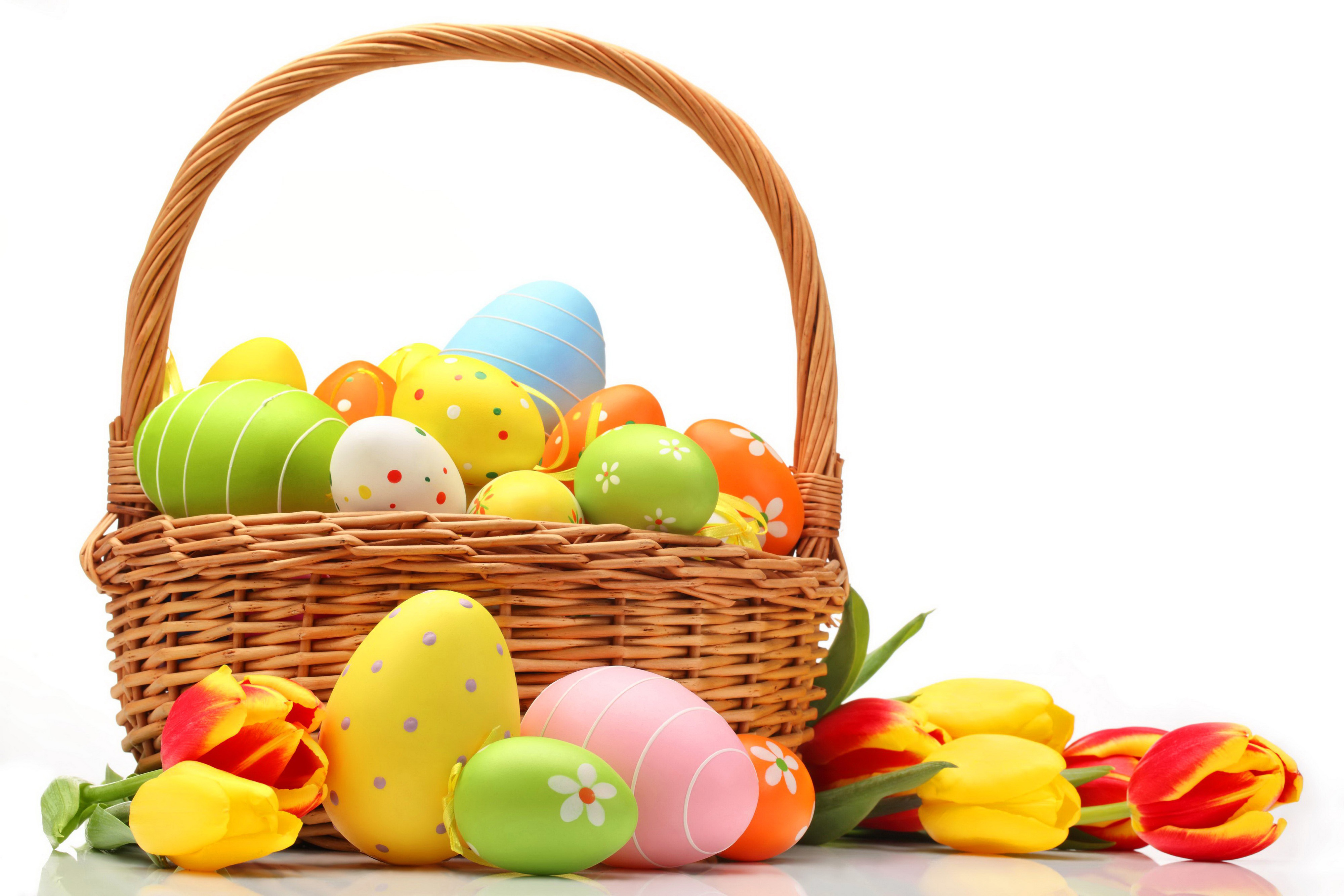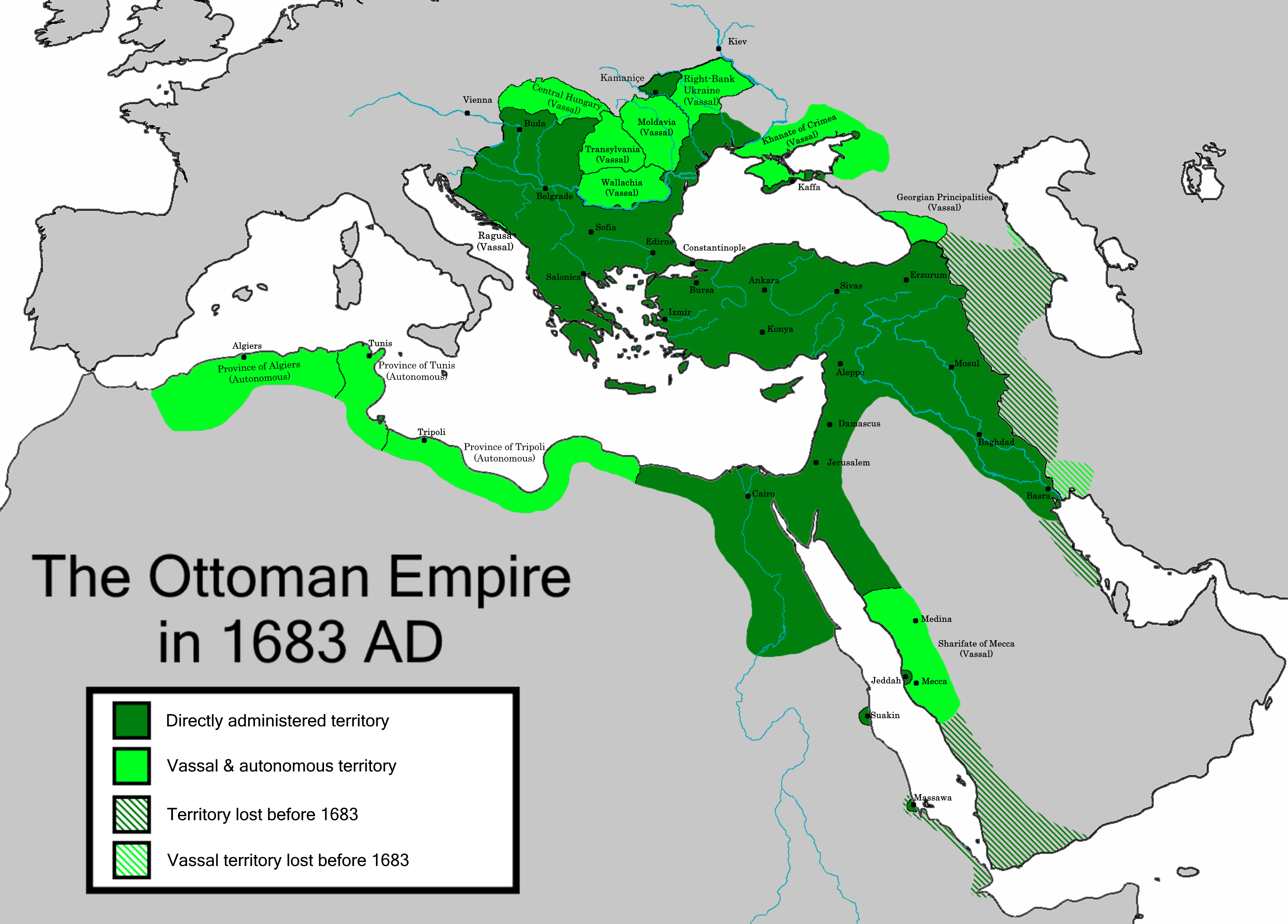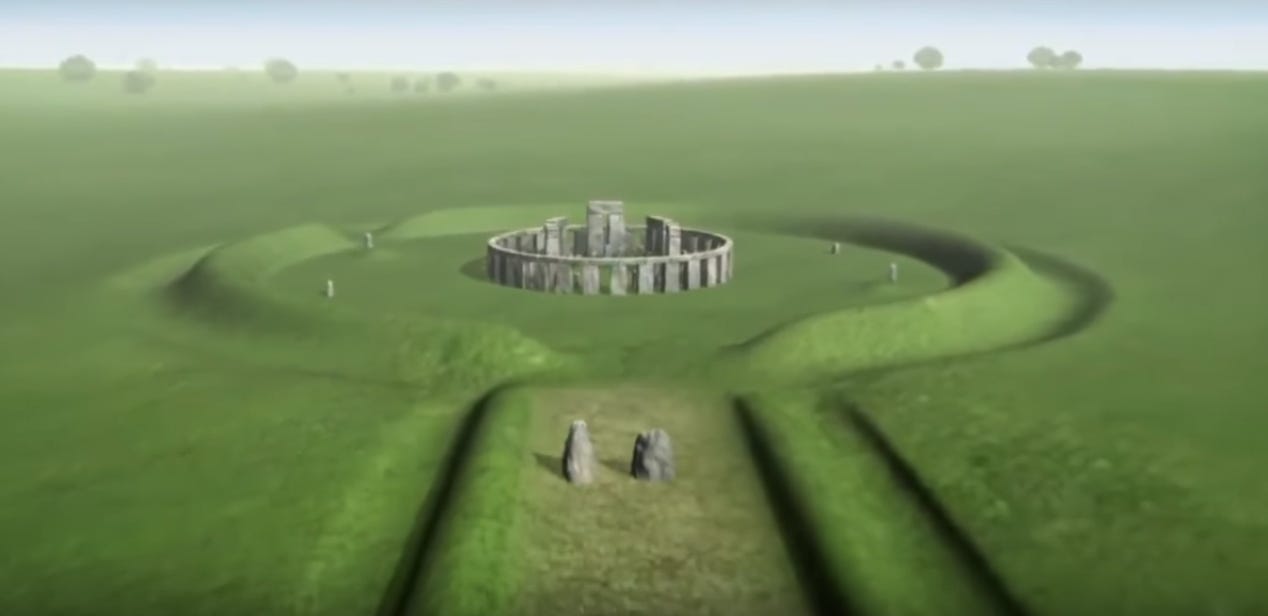Origins of easter eggs how did they become a tradition
Table of Contents
Table of Contents
Easter represents one of the most important religious festivals for Christians. It is that time of the year when they come together to celebrate the resurrection of Jesus Christ. During Easter, people all over the world indulge in many ancient customs and traditions. One of the most popular and cherished ones is the Easter egg.
Many people associate Easter eggs with bunnies and chocolate – but eggs have been a part of the festival for centuries. Eggs hold a special significance in various pagan customs, symbolizing fertility and rebirth. That’s why they have always remained an essential part of the Easter celebration. Painting and decorating eggs began as a simple custom, but it has evolved over time, leading to variations in design and creativity.
The target of Origin of Easter Egg
The widespread custom of coloring Easter eggs is a significant element of the springtime rituals across many cultures. This blog will shed some light on the history of Easter eggs, the symbolism, and their evolution as an essential aspect of the Easter tradition.
Personal Experience and History of Easter eggs and their symbolism
As far as my personal experience with the Easter egg custom goes, my family has always looked forward to the annual Easter egg hunt. I can vividly recall the anticipation and joy we felt while searching for the pristine and brightly colored eggs in our backyard. It wasn’t until later that I understood the history of the Easter egg tradition.
Although an egg appears to be an ordinary object, it has held significant meaning to people for thousands of years. The Christian religion associated eggs with the rebirth of Jesus Christ, where the egg symbolizes the tomb from where he emerged. In ancient cultures such as Persia, Greece, and Egypt, people believed that the world began as an egg. Furthermore, they believed that the egg contains the full vitality of the universe. Therefore, eggs were represented as a symbol of fertility and new beginnings for many groups.
Evolution of Easter Egg Tradition
The history of Easter eggs has passed through several stages of transformation. Early Christians stained eggs red, symbolizing the blood of Christ, shed during his crucifixion. This tradition lasted until the thirteenth century, when people began painting eggs green, blue, and yellow. In Ukraine, egg decoration became a professional art form. Ukrainian folk art involves intricate designs, geometric patterns, and vibrant colors. This art form is known as “pysanky” and are believed to have healing powers.
Conclusion
In conclusion, Easter eggs have been an essential aspect of the Easter celebration for centuries. The tradition of coloring and decorating is still prevalent today, with people all over the world celebrating in their unique ways. Easter eggs represent the rebirth and renewal of Jesus Christ and are an acknowledgement of the arrival of springtime, new life, and new beginnings.
Easter Egg Q&A section:
Q: When did giving chocolate eggs appear?
A: The first chocolate eggs appeared in the 18th century and soon became popular in Western Europe.
Q: Why do we organize Easter egg hunts?
A: Easter egg hunts are pure entertainment for both children and adults. They are also linked to the Easter Egg tradition, as eggs represent hope and new life.
Q: What is the Guinness world record for Easter Eggs?
A: The Guinness world record for the largest Easter egg weighs 15,873 pounds and was built by Belgian chocolatiers in 2011.
Q: Why are Easter eggs colored?
A: The practice of coloring Easter eggs goes back to ancient cultures, where it was believed that certain colors had varying meanings. Some cultures also believed that the color would ward off evil spirits.
Conclusion of Origin of the Easter Egg
The Easter egg tradition holds a special place in the hearts of people all over the world, who celebrate the arrival of springtime, new hope, and new beginnings. The history of the Easter egg is just an enthralling story of evolution, culture, and tradition that has endured from ancient times to the present day.
Gallery
ORIGINS EASTER EGG - YouTube

Photo Credit by: bing.com /
Origins Of Easter Eggs: How Did They Become A Tradition?

Photo Credit by: bing.com / foil
What Is History Of Easter Eggs - WEHIST

Photo Credit by: bing.com / bedbathandbeyond
Origins Of Easter Eggs: How Did They Become A Tradition?

Photo Credit by: bing.com / tradition origins scandinavian
Easter Eggs: History, Origin, Symbolism And Traditions | HuffPost UK

Photo Credit by: bing.com / origin






